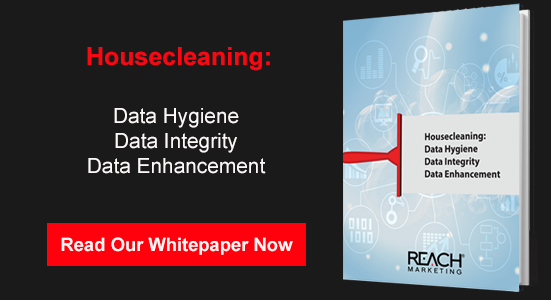Knowing who comprises your audience is fundamental to giving them what they need to make key buying decisions. If you have an audience of one or two customers, that’s not too tough; you can simply talk with them one-on-one to understand them thoroughly. Chances are, though, you have a much larger audience – yet they still want that one-on-one attention and service. Segmentation helps businesses provide that custom client care while allowing the company to grow.
Automation-Assisted Segmentation
Take a group of a thousand people attending a trade show. What can you say about them? Chances are good you already know something about them – they’re probably from somewhere near the site of the show, for example, and they likely have an interest in the products and services presented. If the show has a sizeable admission fee, you might assume the people attending it or the businesses for which they work are affluent. You could collect some basic demographic data from the list of attendees or business cards collected at a booth. That’s about where conventional B2B segmentation ends.
With marketing automation, audience segmentation becomes vastly more nuanced. Instead of a single clump of 1,000 attendees, a marketing automation system sees an array of groups that can be parsed as individual segments. People from 50 miles away might not be in the same segment as those from 80 miles or 20 miles away. Behavior also becomes a factor: Those who spend more time at the event or pick up brochures are more interested in your services, while those attending on a less expensive one-day pass might be more budget-sensitive. You can’t tell all that you need to know about your audience from a cursory look at their data; you need to dip into behavior and context for greater understanding.
That’s analogous to the kind of behavior-driven data a marketing automation system delivers.
Precision Targeting
Account-based marketing assisted by automation shows you a more nuanced picture of audience segments, and it also helps you understand each segment’s needs and challenges. Marketing automation software can also show you a much more complex array of segments that intersect or overlap in ways that further alter their behavior. For example, an independent physician’s client account might include both data for a private-practice office and one affiliated with a hospital to which she has admitting privileges. Although she’s a member of two segments, she doesn’t get two different sets of marketing materials; that’s where your marketing automation system comes in and orchestrates the flow of content to this lead in a way that makes sense.
Another aspect of the precise targeting automation allows is the ability to place new leads in appropriate segments as soon as they enter your sales funnel. Anonymous browser cookies let the system see behavioral data even before you learn anything else about a site visitor, and that information goes into an account file right away. As you learn more, the system expands the knowledge you have on file for that lead.
Anonymous tracking isn’t just important for finding the right approach for individual new prospects; it’s also a good way to spot whole new segments as they emerge. Let’s go back to the physician with a private practice. She moves to another office with five other physicians, each of whom is a specialist. Your marketing automation software sees a sudden up-tick in a ZIP code that had previously been quiet, thanks to your current customer’s good word of mouth to her partners and their sharing your name with their colleagues.
What’s Ahead for Segmentation
Data is increasing not just in size but in scope, becoming deeper and more complex as the technology to gather and interpret it becomes more accessible.
Marketing automation is approaching the ideal of the “segment of one” – the one-on-one communication that makes each lead feel uniquely valued.
© Reach Marketing LLC 2016 All Rights Reserved.







